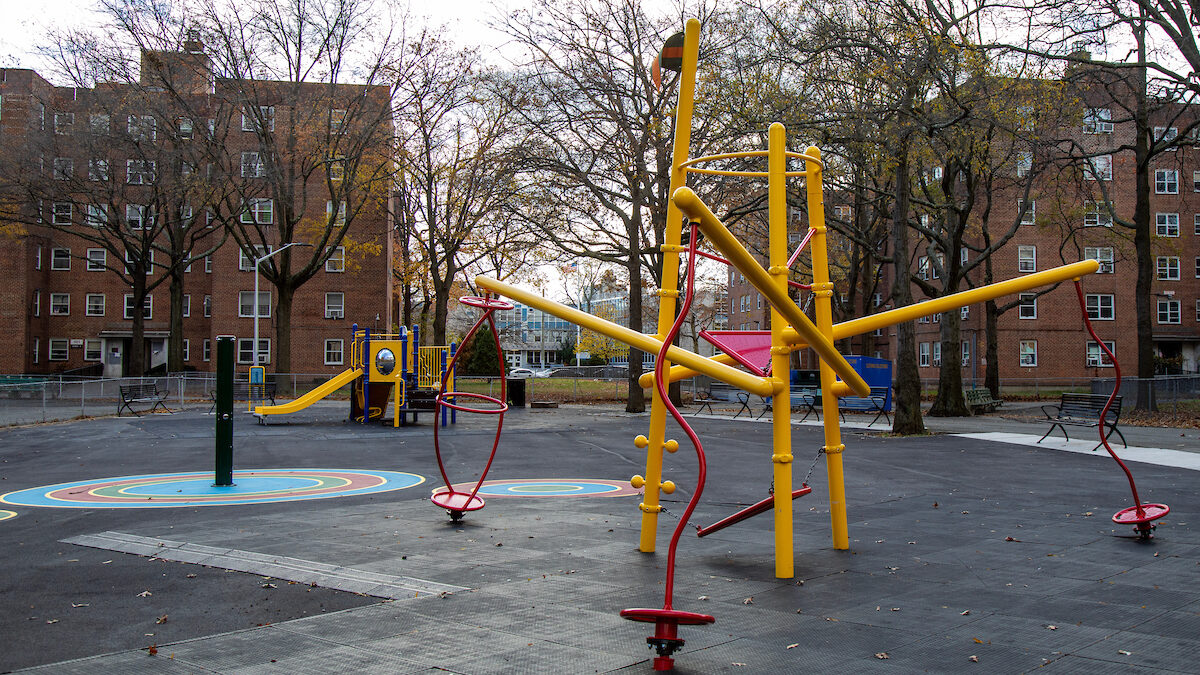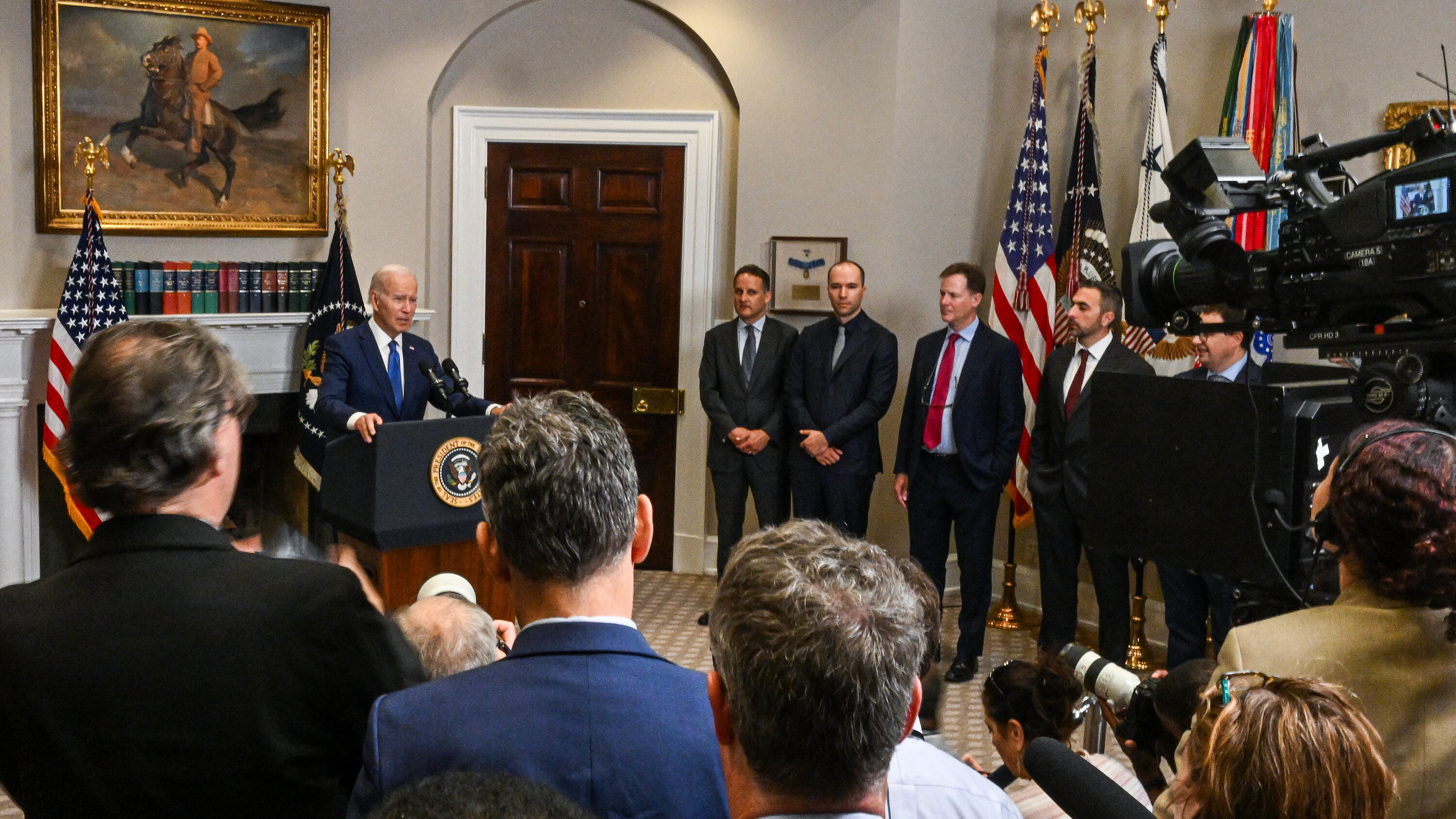The Taliban after being able to push a superpower out of Afghan soil must have encouraged many other jihadi groups to become confident about their capabilities to fulfil their objectives
Manoj Kumar Mishra
While the Biden administration has exposed the futility of American intervention and 20 years of engagement at one stroke by withdrawing troops from Afghanistan, the previous administrations were only postponing the revelation of American failure by maintaining a level of troops and resources that was sufficient to hide its failure but were not enough for successful stabilisation programme. Afghanistan’s tough geography, its historical strive for independence from occupation and desire for neutrality as well as hostile neighbourhood played their part in turning the country into a graveyard for interveners again.
The US and allied forces, much like the erstwhile USSR, became a victim of the asymmetric warfare that the hills and difficult terrain of Afghanistan facilitate. While for the intervening forces the Afghan theater provided a limited-war scenario linked with certain political outcomes, it presented a total-war scenario for the insurgents, who considered the war as the determinant of the very question of their survival.
Afghan insurgents have proved former US diplomat and politician Henry Kissinger’s maxim, “The guerrilla wins if he does not lose; the conventional army loses if it does not win.”
Immediately following the intervention, Washington relied on local warlords to stabilise Afghanistan rather than making efforts at building a national Afghan army or police force. The problems of poppy cultivation and drug trafficking were overlooked by the US on account of its dependence on warlords. Both in security and development sectors, “there were few efforts to engage Afghanistan’s tribes, sub-tribes, clans, and other local institutions”, according to Seth Jones, who worked closely with US Special Operations Forces in Afghanistan. Insincerity in American efforts and collusion with warlords led to corrupt practices which continued to sap the strength of the Afghan Army.
The Americans’ hubris and belief in the superiority of their military capabilities blinded them to the complexities of asymmetric warfare in a different and complex cultural and geographical situation. Support from Tajik and Uzbek warlords was not sufficient to defeat the Taliban, who hailed from and lived with the masses from the predominant ethnic community—the Pashtuns.
While Islamabad was more inclined to spread its influence in Afghanistan as part of its strategy of acquiring strategic depth against India and to attain that objective it maintained close contacts with Afghan insurgents, New Delhi considered an all-out fight against terrorism under the rubric of “War on Terror” not only as a means to reduce cross-border terrorism and militancy in Kashmir, but also to safeguard its presence and interests in Afghanistan and Central Asia as well. The Chinese interest in protecting and extending the China–Pakistan Economic Corridor as well as its concerns over Uyghur insurgency in Xinjiang province must have also led Beijing to host a Taliban delegation including Abdul Ghani Baradar, the Taliban representative in Qatar.
CPEC is a part of the larger connectivity project—Belt and Road Initiative—that the US considered a geo-political threat and criticised it on many grounds. At times, there were instances of convergence of interests among the regional powers, which stood at variance with Washington’s war and peace plan in Afghanistan. For instance, while the US was focusing more on the threat posed by the Taliban, Pakistan, Russia and China emphasised more on combating the ISIS threat. In one of the tripartite meetings in Moscow they agreed to remove specific Taliban figures from the US sanctions list.
In sum, it can be said that the foreign troops on ground along with the Afghan army supported by the US airpower fought against the Taliban and other jihadi groups inconclusively for the last two decades. The asymmetric warfare resulted in many civilian casualties but with no visible battlefield success for the Afghan army. Afghanistan is apparently now where it was 20 years ago even after decades of rebuilding efforts.
The Taliban after being able to push a superpower out of Afghan soil must have encouraged many other jihadi groups to become confident about their capabilities to fulfil their objectives. The British and Czarist Empires and later the Soviet Union and now the US have failed to achieve their desired objectives in Afghanistan. The country’s impassable terrain, society deeply embedded in religious values, balance of power among external players on account of their conflicting geo-political objectives and aversion of people towards foreign occupation turned the country into a graveyard for all great powers.
Manoj Kumar Mishra is a Lecturer in Political Science at SVM Autonomous College, Jagatsinghpur, Odisha
Views expressed are of the author and do not necessarily reflect the views of the Manohar Parrikar IDSA or of the Government of India.
This is the abridged version of the article which appeared first in the Comment section of the website (www.idsa.in) of Manohar Parrikar Institute for Defense Studies and Analyses, New Delhi on September 21, 2021


























